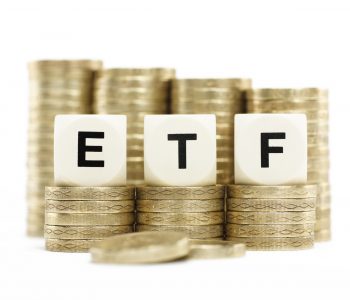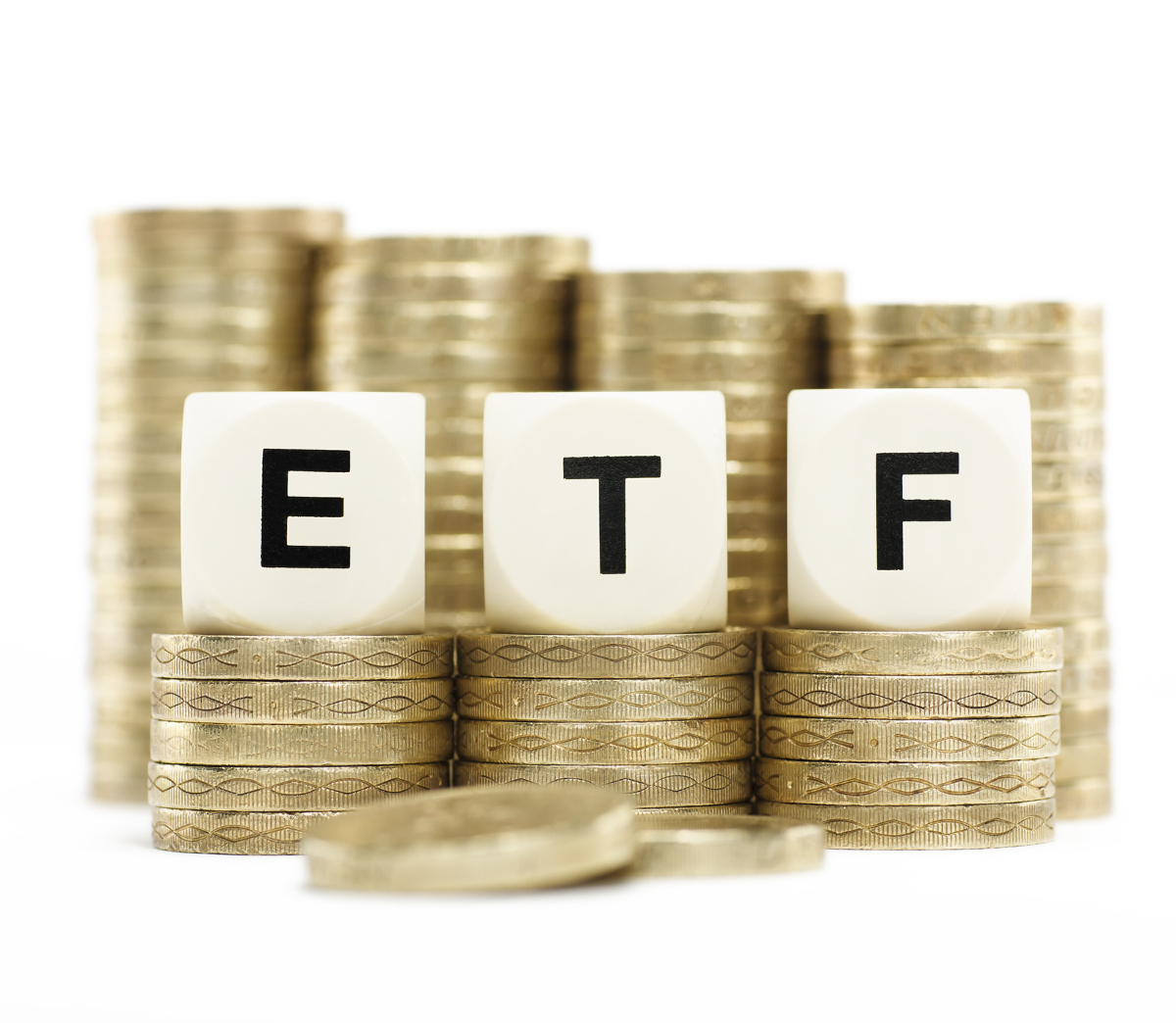Top 10 Mid-Cap ETFs for Long Term Growth

Best Mid-Cap ETFs
Market-beating returns could be generated by investing in areas that other investors are passing by, via the best mid-cap exchange traded funds (ETF). That’s because owning securities that the majority of the market isn’t interested in means there’s a greater probability of earning said market-beating returns.
The first part of this investment strategy is looking at mid-cap companies–businesses with a market cap size between $2.0 billion and $10.0 billion and trading on a major exchange. Since a lot of mid-cap companies are known for their growth, their gross and net income tend to see greater increases year after year compared to a large, mature companies. This is in part because the company is still at a manageable size, making it easier to control the use of funds. Smaller businesses also offer fewer products and services, so a greater priority is placed on existing revenue streams over new ventures. In contrast, a mature large-cap company has many different divisions operating separately, unaware of what the others are doing.
On the other hand, by investing in an ETF, you will own a group of stocks for different companies, ranging from as low as 30 to as high as 1,000. This will provide diversification due to the various businesses and sectors held. You will also benefit from the team that handles the investments and determines how much capital to allocate and where. However, you will have to pay the management expense ratio, which includes expenses such as commission costs for trading, regulatory fees paid to the Securities and Exchange Commission, record keeping, and salaries for the handlers.
That said, owning an ETF means an endless amount of opportunities. You will have an ownership position in companies with a high growth rate, many of which you may not have considered before. You could also get exposure to companies you didn’t have the capital to buy into individually.
Let’s now take a look at the potential best mid-cap ETFs to invest into.
Top 10 Mid-Cap ETFs
| ETF Name | Ticker |
| iShares Core S&P Mid-Cap ETF | IJH |
| PowerShares S&P MidCap Low Volatility Portfolio ETF | XMLV |
| WisdomTree U.S. MidCap Earnings Fund | EZM |
| Vident International Equity Fund | VIDI |
| Vanguard Mid-Cap Index Fund ETF Shares | VO |
| WisdomTree U.S. MidCap Dividend Fund | DON |
| ishares Morningstar Mid Cap Value ETF | JKI |
| Guggenheim Mid-Cap Core ETF | CZA |
| JPMorgan Diversified Return U.S. Mid Cap Equity ETF | JPME |
| DEEP Value ETF | DVP |
1. iShares Core S&P Mid-Cap ETF
iShares Core S&P Mid-Cap ETF (NYSEARCA:IJH) tracks the results of the S&P Mid Cap 400 Index (underlying index), featuring companies that trade on a U.S. major equity market. At least 90% of the assets are invested in securities that are part of the underlying index at all times, the remaining 10% going towards futures contracts, options and swap contracts, and cash and cash equivalent investments.
With 400 companies owned, the IJH ETF is a great example of a diversified investment. No single stock represents more than one percent of the total capital invested. The top three sectors are information technology, financial, and industrials, representing approximately 50% of the total capital invested.
With an ETF, there is less of a chance of missing out on an investment opportunity. For instance, one of the top holdings is Domino’s Pizza, Inc. (NYSE:DPZ) stock, which has seen a five-year return of 544%. This went under many investors’ radars, despite being a greater return than that of popular large-cap company Amazon.com, Inc. (NASDAQ:AMZN), which over the same period saw a return of 339%.
Capital gains are not the only thing seen; there is a quarterly dividend as well. Since 2012, the dividend per share basis has doubled.
2. PowerShares S&P MidCap Low Volatility Portfolio ETF
PowerShares S&P MidCap Low Volatility Portfolio ETF (NYSEARCA:XMLV) uses a very strict investment strategy, only investing in a maximum of 80 companies. The securities are selected from the S&P MidCap 400 Low Volatility Index based on volatility; the lowest over the past year–and therefore the lowest daily price movement–are preferred.
The securities are also selected for having a mix of mid-cap value, mid-cap growth, and mid-cap blend. Mid-cap value stocks belong to companies that are trading at a cheaper valuation compared to their peers. The expectation is that these business’ growth will boost their valuation so they are trading in line or higher compared to the industry average. Mid-cap growth stocks are those that are expected to grow at a higher rate compared to the markets and typically offer double-digit earnings growth in the double digits. Lastly, mid-cap blend stocks have a growth profile and trade are undervalued.
The top sector that XMLV ETF offers investment exposure to is real estate, a segment where companies tend to have steady and predictable cash flow and offer a high dividend yield. The ETF’s dividend is paid quarterly.

3. WisdomTree U.S. MidCap Earnings Fund
WisdomTree U.S. MidCap Earnings Fund (NYSEARCA:EZM) is a very unique investment opportunity. The ETF owns companies with anticipated earnings growth, investing more capital in those with a greater amount of profits reported.
The portfolio management team invests in companies listed on U.S. trading exchanges. The top sectors are consumer cyclical, industrials, and financial. There are over 700 securities held within EZM, with the top investments accounting for a little over half of invested capital.
EZM is a great example of a great investment with a low annual fee. A $10,000 investment would represent an annual fee of $38.00, or just over $3.00 a month. There is also a growing dividend paid on a quarterly basis.
4. Vident International Equity Fund
Vident International Equity Fund (NASDAQ:VIDI) seeks to track the performance of the Vident Core International Equity Index. The investments are balanced across risk level, developed countries, and emerging markets–in other words, investments with a more favorable growth profile. There are currently more than 250 companies from around the world within VIDI, the three countries with the greatest allocation of capital being South Korea, Japan, and Singapore, with a weighting between six to eight percent for each country.
VIDI is a very unique ETF because it gives exposure to the overseas market. It is normally quite difficult for retail investors to purchase from the overseas market.
5. Vanguard Mid-Cap Index Fund ETF Shares
The benchmark index that is used is the CRSP U.S. Mid Cap Index for the Vanguard Mid-Cap Index Fund ETF Shares (NYSEARCA:VO). The portfolio manager attempts to replicate the same holding percentage as it is in the underlying index.
The capital is invested in only companies that trade on a major U.S. trading exchange. There are investments made in 10 different sectors, with the technology, consumer cyclical, and financial sectors accounting for the largest weightings. Some of the top holdings are Electronic Arts Inc. (NASDAQ:EA), Western Digital Corp (NASDAQ:WDC), and Equinix, Inc. (NASDAQ:EQIX).
The dividend is paid every March, June, September, and December.
6. WisdomTree U.S. MidCap Dividend Fund
WisdomTree U.S. MidCap Dividend Fund (NYSEARCA:DON) tracks the price and yield of the WisdomTree MidCap Dividend Index. At least 95% of the funds are invested in the securities that are part of the tracking index.
Only mid-cap companies paying out a dividend are considered. This is evidenced by the top holdings of Hasbro, Inc. (NASDAQ:HAS), Mattel, Inc. (NASDAQ:MAT) and Coach Inc (NYSE:COH). However, these three companies are only a small portion of the total holdings; there are more than 650 companies within DON. The portfolio is rebalanced annually.
Since all the companies held are dividend payers, the ETF is as well, on a monthly basis.

7. iShares Morningstar Mid Cap Value ETF
ishares Morningstar Mid Cap Value ETF (NASDAQ:JKI) uses a mid-cap value investing approach, selecting undervalued stocks from the Morningstar Mid Value IndexSM. The fund’s advisors purchase valued companies, then reassess them when their valuation rises.
JKI is a very diversified ETF, involved with more than 10 different sectors. The top three–financial, consumer cyclical, and utility–represent more than half the total. The businesses are primarily based in the U.S., with some exposure to the European market. The historic average (and present case) has been at least 90% of capital being invested in the U.S. and the remaining 10% going to Europe or being held in cash.
There is a growing quarterly dividend as well, thanks to the companies held with JKI being steady dividend payers. Names include Best Buy Co Inc (NYSE:BBY), Apache Corporation (NYSE:APA), and Fifth Third Bancorp (NASDAQ:FITB).
8. Guggenheim Mid-Cap Core ETF
Guggenheim Mid-Cap Core ETF (NYSEARCA:CZA) attempts to duplicate the investment performance of the Zacks Mid Cap Core Index. The fund invests a minimum $9.00 out of every $10.00 into the securities that make up this index.
The index is made of 100 securities, including master limited partnerships, American depository receipts, and business development companies. Among the positions are Boston Properties, Inc. (NYSE:BXP), Magellan Midstream Partners, L.P. (NYSE:MMP), and Coca-Cola European Partners plc Ordinary Shares (NYSE:CCE).
The dividend is paid to investors on annually and has increased regularly. For example, the dividend paid in 2016 was twice the amount of the year prior.
9. JPMorgan Diversified Return U.S. Mid Cap Equity ETF
JPMorgan Diversified Return U.S. Mid Cap Equity ETF (NYSEARCA:JPME) uses the Russell Midcap Diversified Factor Index as the benchmark index. The fund invests at least $8.00 out of every $10.00 in securities that are included in the benchmark. At times, there may be up to 20% invested in exchange-traded fund futures to protect funds and and generate a higher return than the underlying index used.
Investments are made in more than 10 different sectors, such as consumer cyclical, technology, healthcare, and utilities. JPME ETF invests in small-, mid-, and large-cap stocks. Mid-cap stocks represent more than 60% of the total capital within the ETF, while 23% is invested in large-cap securities and approximately 12% in small-cap securities. No single investment represents more than one percent of the investments, which adds greatly to an investor’s diversification profile.
10. Deep Value ETF
DEEP Value ETF (NYSEARCA:DVP) attempts to track the price and total return performance of the TWM Deep Value Index. This underlying index is composed of 20 securities that are part of the S&P 500 Index. The type of stocks selected are those that are undervalued compared to other companies within the index and that possess a strong balance sheet. At least 80% of the fund’s total assets are invested in the securities that make up the underlying index.
Since there is a maximum of 20 holdings held within DVP ETF, the weighting of each security are larger compared to the other ETFs are this list. For instance, the top holding is Whole Foods Market, Inc. (NASDAQ:WFM), which represents just over nine percent of the total capital. The same thing could be said about the large sector concentration, with approximately 35% invested in the consumer cyclical sector.
The goal of this investment fund is to be as transparent as possible and offer a more tax-efficient structure than other investment opportunities in the marketplace.











